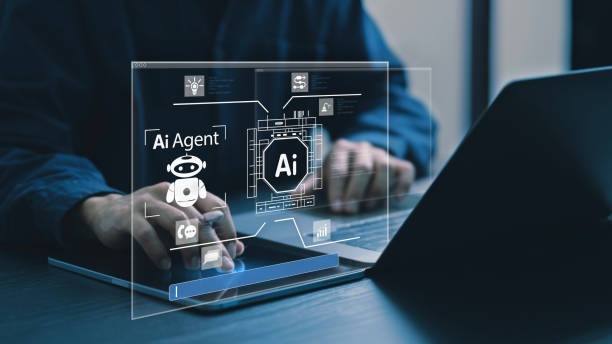In recent years, the intersection of artificial intelligence and art has given rise to a fascinating new domain where thought transforms directly into visual imagery. This evolution is not merely an advancement in technology but represents a profound shift in how art can be conceptualized and created. AI-generated art, particularly through platforms that convert thoughts to images, is redefining the boundaries of creativity and expression.
The process begins with neural networks trained on vast datasets containing millions of images. These networks learn patterns, styles, and nuances inherent in different forms of visual art. When users input their ideas or concepts—often as simple text prompts—the Image generation AI interprets these inputs to generate corresponding images. The result is artwork that reflects both the user’s imagination and the AI’s learned experience from its training data.
One significant advantage of this technology is democratization. Traditional barriers to creating high-quality art are reduced; individuals without formal artistic training can produce visually compelling pieces by simply describing what they envision. This opens up new avenues for self-expression among diverse groups who might have previously felt excluded from artistic communities due to skill limitations or lack of resources.
Moreover, AI-generated art challenges conventional notions about authorship and originality. Since these artworks are collaborations between human intent and machine execution, questions arise regarding who holds creative ownership: the person providing the concept or the algorithm executing it? This debate encourages deeper reflection on what constitutes creativity itself—a dialogue enriched by philosophical inquiries into human versus machine capabilities.
Critics argue that AI-generated art may lack authenticity or emotional depth compared to works crafted entirely by humans. However, supporters highlight how such technology can enhance rather than replace traditional methods. Artists now have access to tools that expand their creative potential beyond previous constraints; they can experiment with styles impossible through manual techniques alone.
Furthermore, this burgeoning field invites interdisciplinary collaboration across computer science, cognitive psychology, philosophy, and fine arts sectors alike—fostering innovation at their intersections while broadening our understanding of both human cognition and technological capability.
As these systems become more sophisticated over time through advancements like deep learning algorithms capable of better mimicking complex artistic styles or understanding nuanced cultural references within image creation processes—they promise ever-more personalized interactions between people’s imaginations & digital renderings thereof–offering glimpses into worlds otherwise inaccessible without such computational prowess driving them forward creatively speaking too!
Ultimately whether one views thought-to-image translation via artificial intelligence as revolutionary toolset expanding horizons artistically—or mere novelty lacking substantive impact long term remains open question worth exploring further against backdrop rapidly evolving landscape where possibilities seem limitless indeed!

